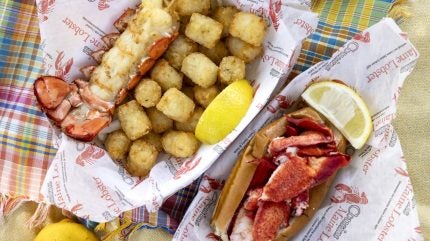
US-based food truck and restaurant franchise Cousins Maine Lobster has broadened its presence in the Midwest with its first food truck in the city of Minneapolis.
This brand’s Maine lobster-based dishes will cater to the demand for seafood in the state of Minnesota.
Cousins Maine Lobster co-founder Sabin Lomac stated: “We’re incredibly thrilled to bring Cousins Maine Lobster to Minneapolis, a city known for its vibrant food culture and strong sense of community.
“Further expansion in the Midwest has always been part of our vision, and Minneapolis is the perfect next stop. We’re proud to share the authentic Maine lobster experience with seafood fans here and look forward to becoming part of the local food scene.”
The launch of the corporate-owned and operated truck is scheduled for 6 June 2025.
Cousins Maine Lobster’s expansion strategy aims to explore new markets across the Midwest.

US Tariffs are shifting - will you react or anticipate?
Don’t let policy changes catch you off guard. Stay proactive with real-time data and expert analysis.
By GlobalDataThe brand is particularly targeting the fast-casual seafood market in California, Nevada, Missouri, Iowa and Indiana.
Franchise development director Lindsay Herberger stated: “At Cousins Maine Lobster, we are excited to continue our Midwest growth – a region where we have a strong demand and opportunity to deliver a premium seafood experience.
“We’re confident that our team will make a standout debut in Minneapolis, and we look forward to building strong partnerships within the community. We’re also looking for new franchisees who are interested in capitalising on the momentum we’ve built and helping us expand our footprint across the Midwest.”
Cousins Maine Lobster’s business model offers operators flexibility, with food trucks able to launch within three to six months.
The model is designed to be cost-effective, with low overhead and labour costs, providing an entry point into the market.
In early 2025, Cousins reinforced its footprint by introducing a second truck in northwest Pennsylvania.



